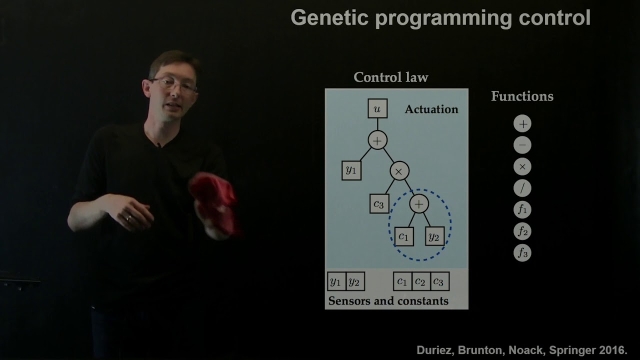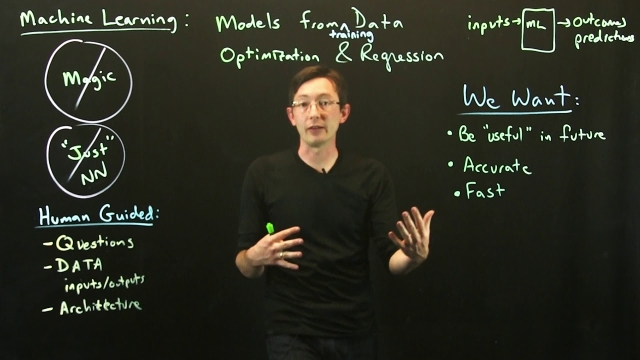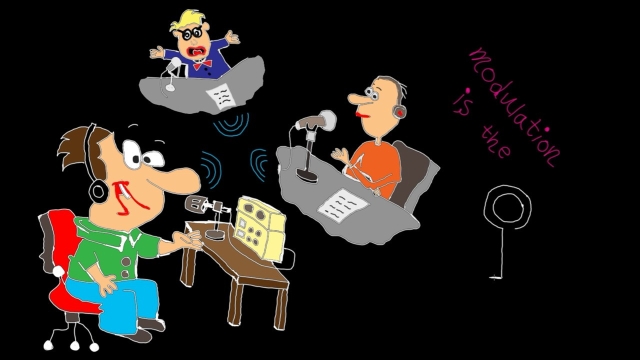
Computing the DFT Matrix
This video discusses how to compute the Discrete Fourier Transform (DFT) matrix in Matlab and Python. In practice, the DFT should usually be computed using the fast Fourier transform (FFT)...
See MoreControl Bootcamp: Cruise Control Example with Proportional-Integral (PI) co...
In this video, we show that introducing integral control reduces the steady-state tracking error to zero in the cruise control example. We also use a more sophisticated model for the...
See MoreEquations of Motion for a Planar Vehicle
In this video we outline equations of motion for a simple planar vehicle. This model is suitable for vehicles such as boats or hovercraft that that are rest...
See MoreTikZ source Code: Extremum Seeking Control Block Diagram
TikZ source Code: Extremum Seeking Control Block Diagram
See MoreThe Fast Fourier Transform Algorithm
Here I discuss the Fast Fourier Transform (FFT) algorithm, one of the most important algorithms of all time.
See MoreA Nonlinear, 6 DOF Dynamic Model of an Aircraft: the Research Civil Aircraft...
In this video we develop a dynamic model of an aircraft by describing forces and moments generated by aerodynamic, propulsion, and gravity that act on the ai...
See MoreLecture 12: Steady state error
The Root Locus Method - Introduction
This Root Locus method is a fantastic way of visualizing how the poles of a system move through the S-plane when a single system parameter is varied from 0 to infinity. I show how to...
See MoreControllability of a Linear System: The Controllability Matrix and the PBH T...
In this video we explore controllability of a linear system. We discuss two methods to test for controllability, the controllability matrix as well as the P...
See MoreControl Systems with MATLAB: An Introduction
Posicast Control -3 - ( In English )
In this video a Gantry-Crane control simulation problem is introduced. The problem is presented and some introductory simulations are shown.
See MoreDesigning a Lead Compensator with Root Locus
This video walks through a phase lead compensator example using the Root Locus method.
See MoreDerivation of the 2D Wave Equation
In this video we derive the 2D wave equation. This partial differential equation governs the motion of waves in a plane and is applicable for thin vibrating...
See MoreIntroductory course on aerial robotics, University of Pennsylvania
This course exposes you to the mechanics, design, control, and planning of robotic flight in 3 dimensional environments for micro-aerial vehicles, with an emphasis on quadrotors.
See MoreStability and Eigenvalues [Control Bootcamp]
Here we discuss the stability of a linear system (in continuous-time or discrete-time) in terms of eigenvalues. Later, we will actively modify these eigenvalues, and hence the dynamics...
See MoreFrequency domain – tutorial 6: Fourier transform tables
In this video, we learn about Fourier transform tables which enable us to quickly travel from time to the frequency domain. The main learning objective is to...
See MoreInstrument Kit for ME 316
This hardware kit accompanies the textbook "Project Based Engineering Instrumentation with CircultPython" by Dr. Carlos Montalvo. Using this hardware and the textbook you’ll build some...
See MorePeter Ponders PID - Integrated Time Absolute Error - 4 Pole example
This video shows how to calculate the coefficients for a 4 pole ITAE and how to use the 4 pole ITAE to calculate closed loop controller gains.
See MoreDegrees of Controllability and Gramians [Control Bootcamp]
This lecture discusses degrees of controllability using the controllability Gramian and the singular value decomposition of the controllability matrix.
See MoreMachine Learning Control: Genetic Programming
This lecture explores the use of genetic programming to simultaneously optimize the structure and parameters of an effective control law.
See MoreCourse Introduction (Signal Processing 101)
Learn Signal Processing 101 in 31 lectures covering time, frequency and Laplace domain in about 8 hours all together:https://www.youtube.com/watch?v=KZd68xga...
See MoreCascade Control Intro
How can we improve the disturbance rejection of our controllers using additional, relevant measurements? Tune in to find out!
See MoreMachine Learning Goals
This lecture discusses the high-level goals of machine learning, and what we want out of our models. Goals include speed and accuracy, along with interpretability, generalizability...
See MoreFrequency domain – tutorial 10: modulation
In this video, we learn about modulation technique which is commonly used in communication systems to send information from transmitter to receiver. The foll...
See More
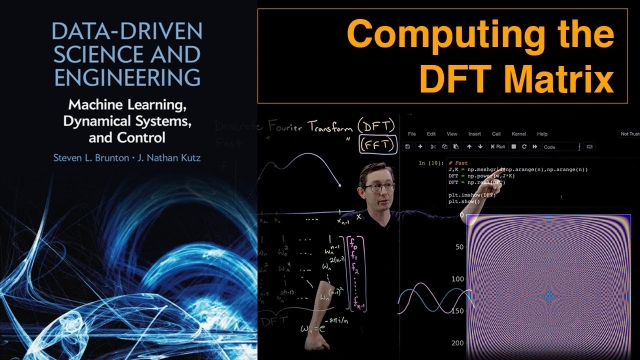
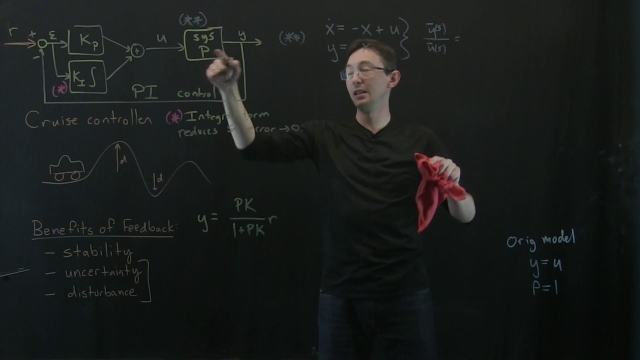
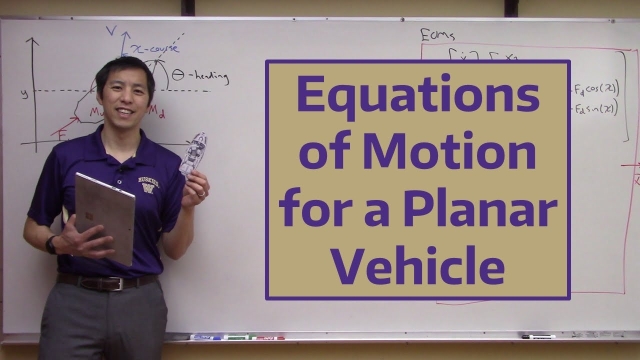
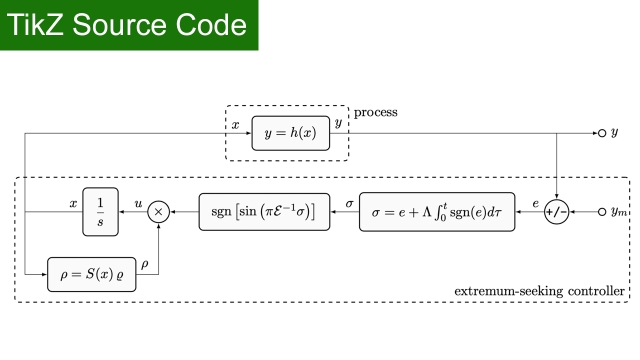
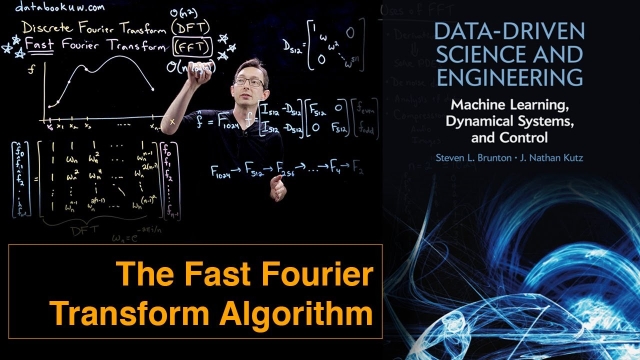
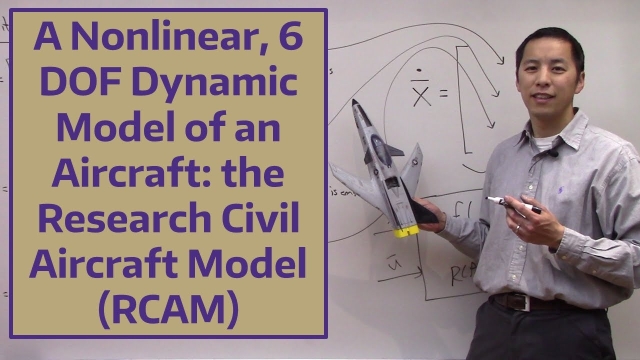
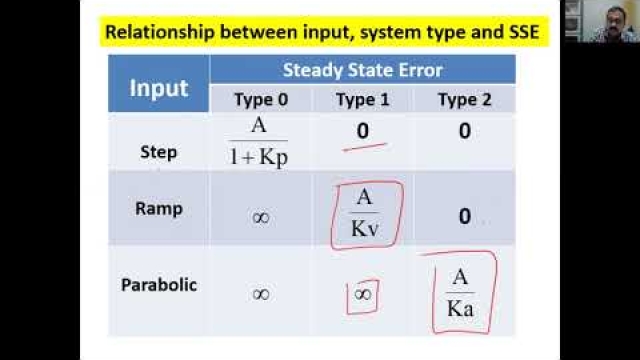
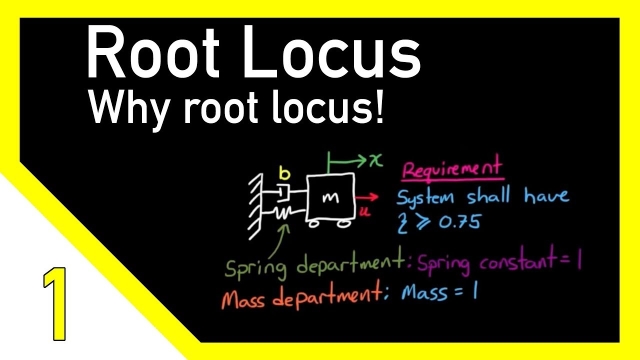
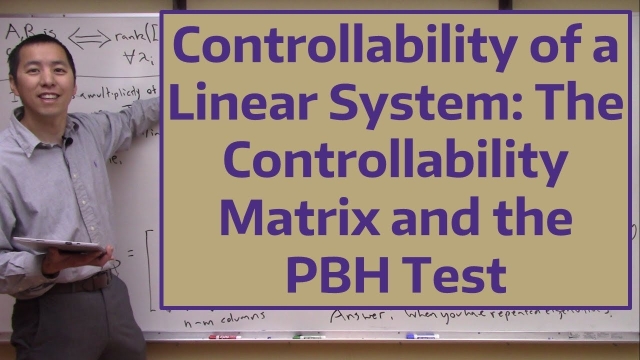
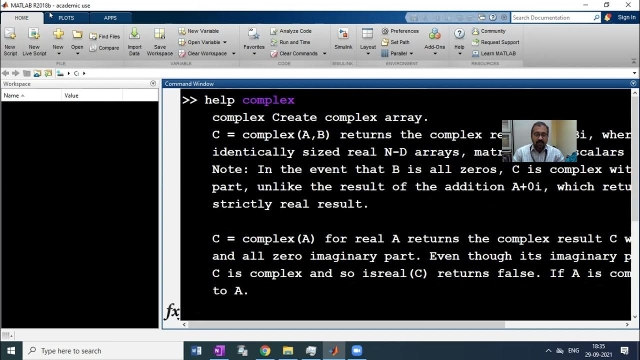

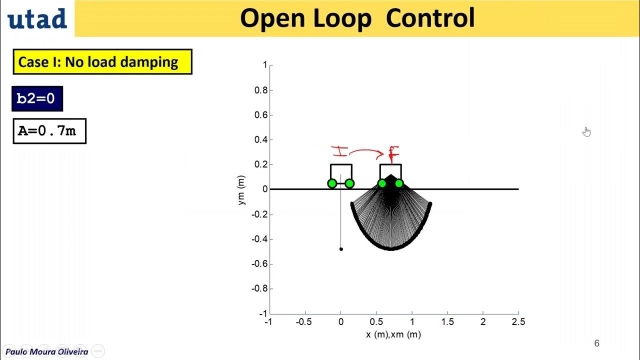
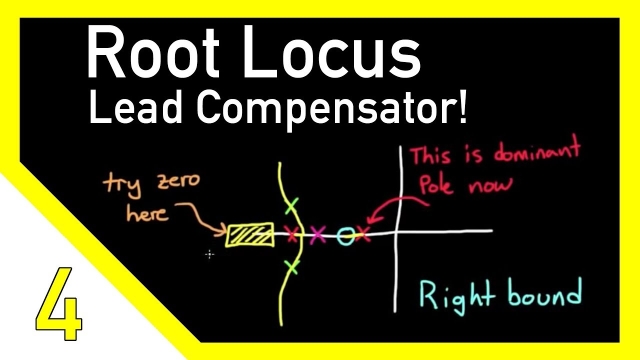
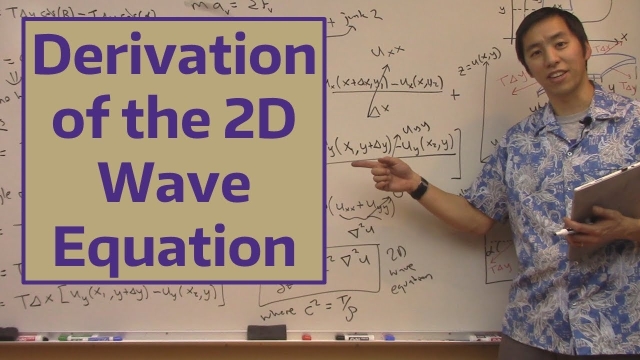
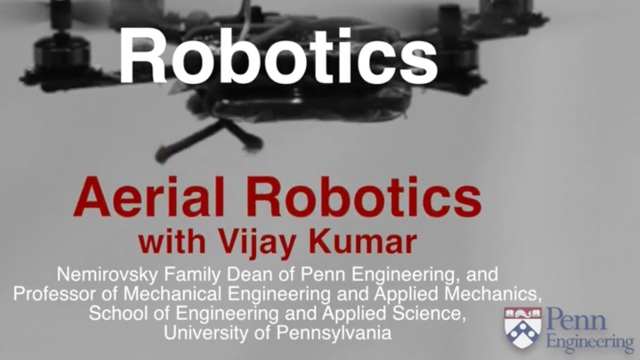
![Stability and Eigenvalues [Control Bootcamp]](/sites/default/files/styles/search_resulkts/public/2020-12/maxresdefault_289.jpg?itok=dbD4O7ru)
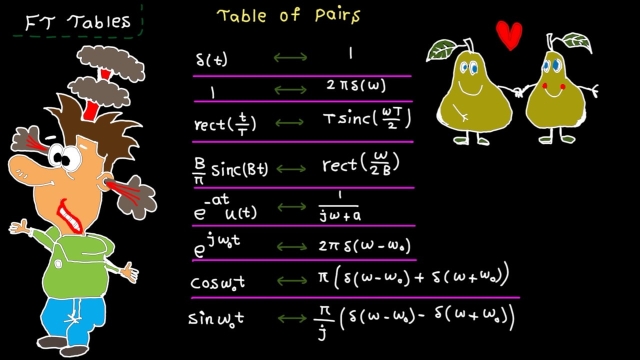
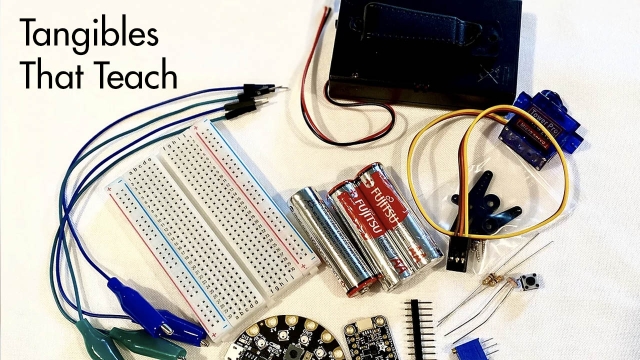
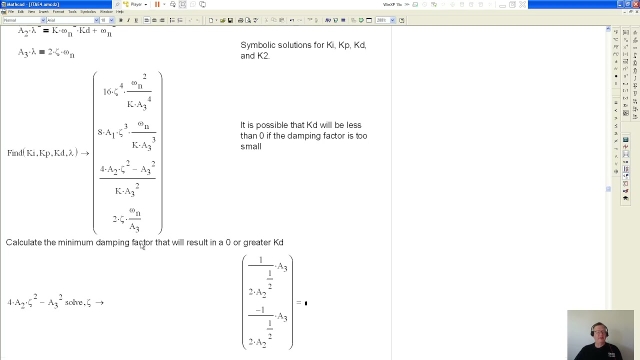
![Degrees of Controllability and Gramians [Control Bootcamp]](/sites/default/files/styles/search_resulkts/public/2020-12/maxresdefault_305.jpg?itok=6ZkiWCDa)
